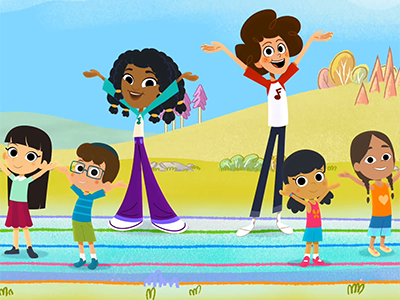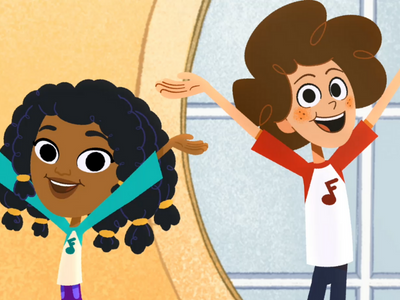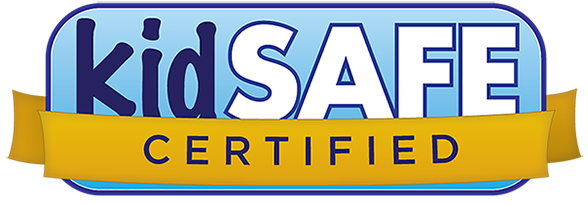Similarities and Differences
This engaging activity helps students think about diversity without tying the concept to skin colour, culture, religion, etc. Diversity and equality can be about being understood and accepted for our individual personalities.
Separate students so that half of the class is on each side of the classroom. Be ready with music and a list of questions (suggestions below – to range from simple to those requiring some critical thinking).
When you ask a question, start playing the music. Students who agree with the question should dance across the room to the other side of the classroom.
Sample questions:
- I like rollercoasters
- I have a brother
- Sometimes I like to be by myself
- I enjoy writing
- My parents are divorced/ separated
- I live with my grandparents
- I go to church
- I go to temple
- I go to the mosque
- I speak another language
- I have never been on an airplane
Learning Outcomes
Core Learning Concepts
Reflect: Children reflect on their experiences.
Physical Development and Health
Gross-motor skills: Children engage in movement that promotes balance, flexibility, coordination and strengthening of large muscles.
Social Studies
Diversity and inclusivity: Children recognize, respect and value differences in ethnicity, gender identification, age, race, religion, interests, and abilities.
Social and Emotional Development
Sense of self-identity: Children construct their identity in terms of who they are and their lived experiences.
Emotions: Children recognize and can identify and regulate their feelings.
Compassion: Children feel a sense of understanding towards the feelings of others.
Community involvement: Children participate in establishing an engaging community of learners within the classroom/school/local environment.
Understanding relationships: Children learn the dynamics of forming healthy relationships with others.






